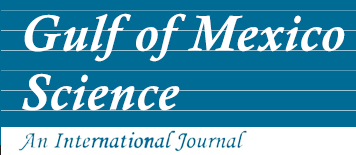Alternate Title
Residence Patterns, Group Characteristics, and Association Patterns of Bottlenose Dolphins Near Sanibel Island, Florida
Abstract
A long-term, collaborative study of 385 individually recognizable bottlenose dolphins (Tursiops truncatus) near Sanibel Island in southwestern Florida revealed an open, fluid population including year-round and seasonal residents and transients. Less than 10% of the identified dolphins were seen for 10 yr or more, and new dolphins were identified throughout the study. Dolphin sightings peaked in the spring when prey species moved from the offshore Gulf of Mexico into the bays and nearshore Gulf. Group size averaged 5.5 dolphins (n = 561, SD = 4.22), and the factor which influenced group size most was the presence or absence of calves. Females were most likely and males least likely to be found in groups with calves. Associations between dolphins, measured by the simple ratio index, were generally low, indicating fluid relationships. The strongest and longest-lasting bonds were seen between pairs of males. A comparison of Sanibel dolphins with those in nearby Sarasota Bay showed that residence patterns were similar in the two areas and that apparent striking differences are lil{ely attributable to differences between research methods and an emphasis on long-term residents in Sarasota Bay as compared with an emphasis on variable residence patterns at Sanibel.
Recommended Citation
Shane, S. H.
2004.
Residence Patterns, Group Characteristics, and Association Patterns of Bottlenose Dolphins Near Sanibel Island, Florida.
Gulf of Mexico Science
22
(1).
Retrieved from https://aquila.usm.edu/goms/vol22/iss1/1

